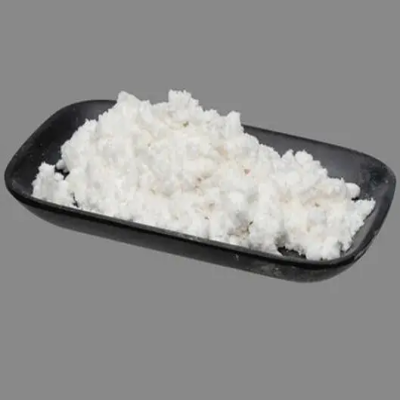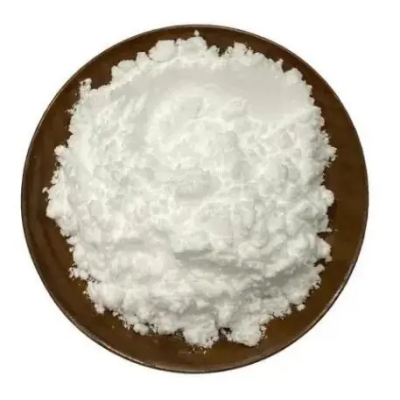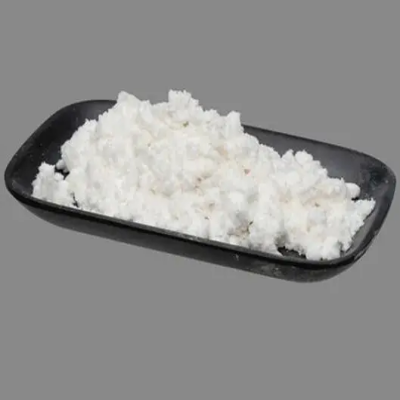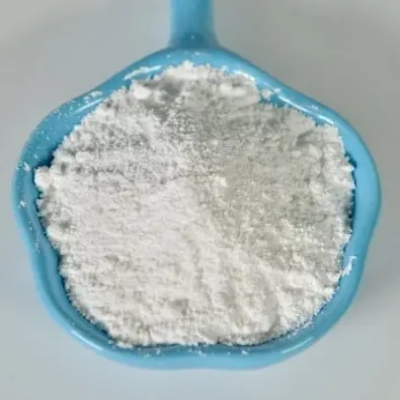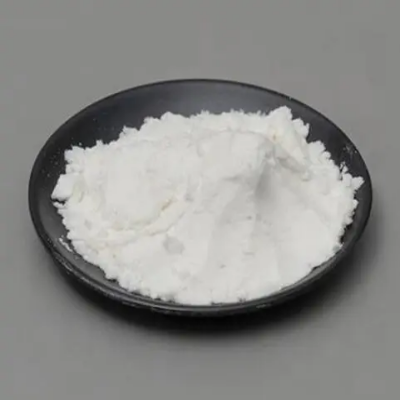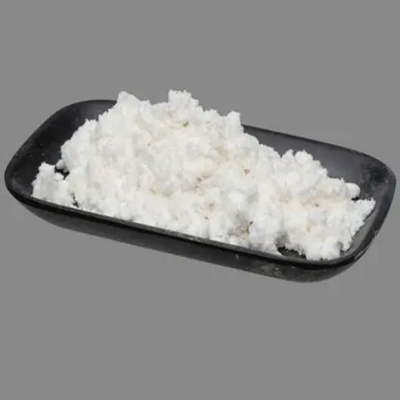3-Methylamino-1-phenylpropanol CAS:42142-52-9
3-Methylamino-1-phenylpropanol has demonstrated diverse uses across different industries, with pharmaceuticals being one of its primary applications. This compound serves as a key intermediate in the synthesis of various pharmaceutical agents, including medications targeting cardiovascular conditions, central nervous system disorders, and other therapeutic areas. Its structural features allow for modifications that can enhance the pharmacological properties of resulting drug candidates, making it valuable in medicinal chemistry research and drug development processes. In addition to its role in pharmaceuticals, 3-Methylamino-1-phenylpropanol finds applications in organic synthesis as a versatile building block for creating complex molecules. Its reactivity and functional groups enable chemists to design and synthesize novel compounds with tailored properties and functionalities, which can be applied in the production of specialty chemicals, agrochemicals, and other valuable products. Furthermore, 3-Methylamino-1-phenylpropanol's potential as a chiral auxiliary in asymmetric synthesis has implications in the production of enantiomerically pure compounds with specific stereochemistry. This aspect of the compound makes it relevant in the preparation of optically active substances used in pharmaceuticals, flavors, fragrances, and materials science. The compound's versatility extends to its application in research and development settings, where it serves as a valuable tool for investigating chemical reactions, exploring new synthetic pathways, and advancing the understanding of organic chemistry principles. Researchers leverage 3-Methylamino-1-phenylpropanol's reactivity and properties to develop innovative methodologies and strategies for synthesizing complex molecules efficiently and selectively. Overall, the multifaceted utility of 3-Methylamino-1-phenylpropanol underscores its importance in various scientific disciplines, ranging from pharmaceuticals and organic synthesis to materials science and chemical research. Its ability to contribute to the creation of diverse compounds, facilitate asymmetric transformations, and drive advancements in synthetic methodologies highlights its significance as a versatile building block and a valuable resource in the realm of chemical innovation and discovery.






| Composition | C10H15NO |
| Assay | 99% |
| Appearance | white powder |
| CAS No. | 42142-52-9 |
| Packing | Small and bulk |
| Shelf Life | 2 years |
| Storage | Store in cool and dry area |
| Certification | ISO. |


